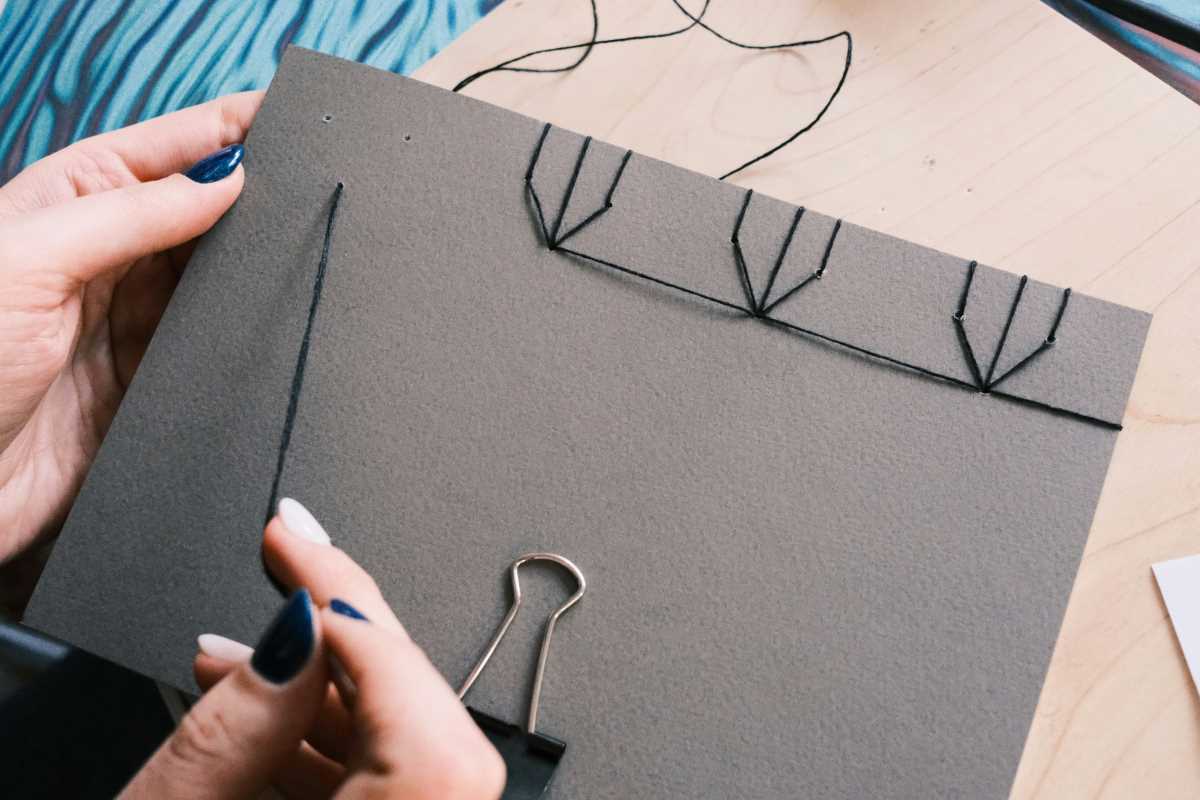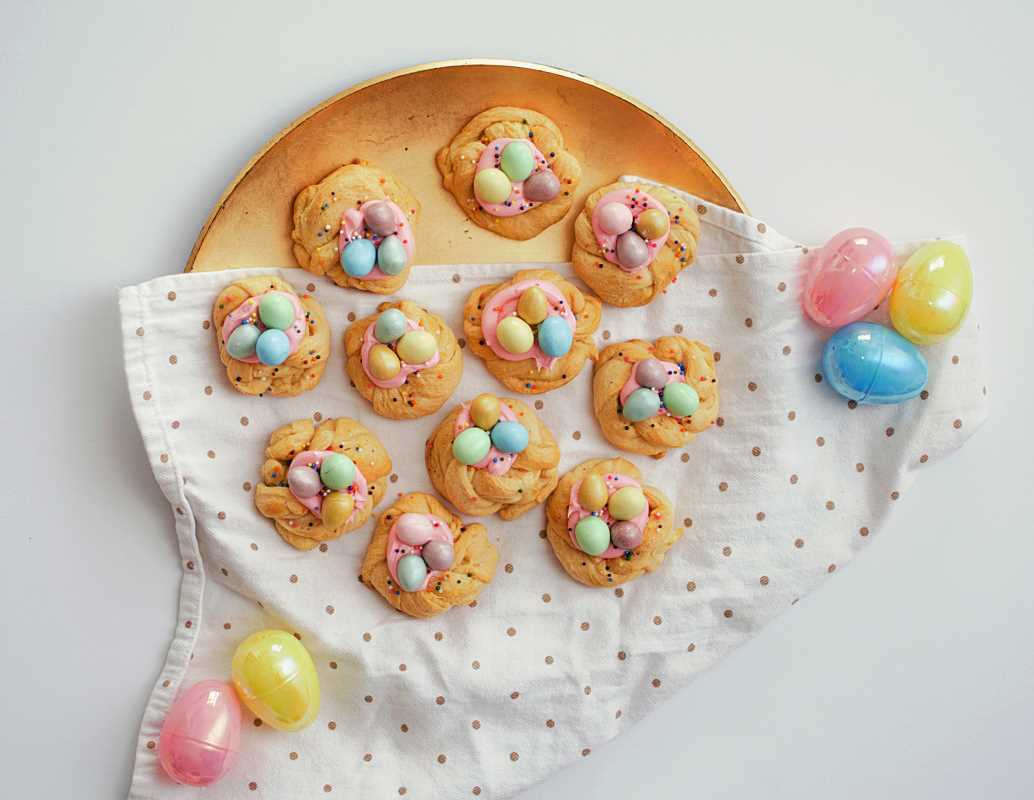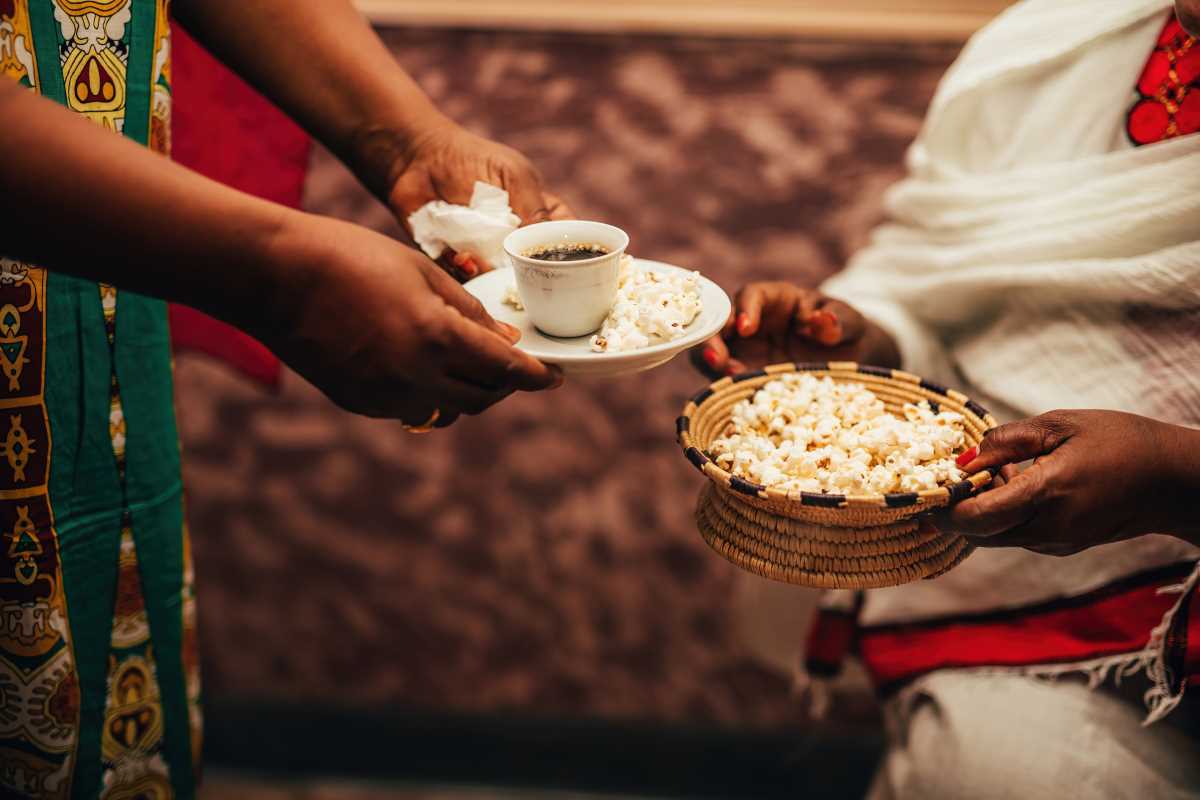There’s something magical about bringing old, forgotten crafts back to life. These aren’t just hobbies. They’re pieces of history that connect us to earlier generations and a slower, more intentional way of living. Reviving these crafts with a small group of like-minded enthusiasts isn’t just about creating beautiful keepsakes. It’s about camaraderie, learning new skills, and keeping traditions alive. Forgotten crafts are often quirky, niche, and packed with character, which makes them perfect for turning into group projects. Whether you’re a seasoned maker or just curious about creative hobbies, these unique crafts are a wonderful way to build connections and explore something new.
Here are some fascinating forgotten crafts you can revive in your hobby group, complete with a bit of history, tools, and tips for getting started.
Bookbinding
Bookbinding was once a vital craft for creating and preserving knowledge. While commercial bookbinding is now done by machines, handmade bookbinding is an art form that combines practicality with creativity. Using minimal tools, your group can create stunning notebooks, journals, or even restore old books.
Tools Needed:
- Needle and waxed thread
- PVA glue or bookbinding glue
- Bone folder for creasing paper
- Awl for punching holes
- Text blocks or pre-cut bookbinding paper
- Fabric, leather, or decorative paper for covers
- Clamps or weights for pressing books
How to Get Started
This one will definitely take some prior “studying,” so to speak. Everyone will need to find and share videos of techniques like Coptic stitching or case binding. Then, when everyone gets together, they can practice it. You can source materials from thrift stores (old hardcover books are goldmines) or look for handmade paper online. Not only will you create one-of-a-kind items, but this tactile craft also helps you disconnect from screens and immerse yourself in something personal and timeless.
Spoon Carving
Spoon carving is an ancient craft tied to resourcefulness and artistry. Carving spoons from raw wood is simple yet therapeutic and creating functional utensils by hand allows for creativity and self-reliance.
Tools Needed:
- Carving knives
- Carving knives (straight knife and hook knife)
- Sandpaper (various grits)
- Softwood blocks (like birch or basswood)
How to Get Started
For your first meet-up, start with basic spoons and, as your group gains confidence, branch out into intricate designs or other small tools like spatulas or butter spreaders. Focus on safety first and consider having an experienced carver lead the group. The rhythmic process of carving is incredibly relaxing and fosters great conversations.
Quilted Postcards
Unlike traditional quilting, quilted postcards are smaller and easier projects that combine quilting with stationery. They allow for endless design possibilities while being manageable for beginners.
Tools Needed:
- Fabric scraps
- Sewing needles or a sewing machine
- Embroidery threads
- Fusible stabilizer (like Pellon Peltex)
- Postcard backing material (fabric or cardstock)
How to Get Started
Begin by designing small quilted panels (around 4 x 6 inches), then attach them to cardstock or stiff interfacing. Participants can use themes like seasonal patterns or abstract designs. These low-pressure projects are perfect for experimenting and completing in a single meetup.
Marbling Paper
Marbling paper, a technique dating back centuries, uses floating paint or ink on water to create swirling designs. Each creation is completely unique, making it exciting to experiment with as a group.
Tools Needed:
- Shallow tray for water
- Marbling inks or thinned acrylic paints
- Marbling medium (like carrageenan or starch)
- High-quality paper (e.g., watercolor paper)
- Combs or sticks to create patterns
- Gloves and aprons for cleanup
How to Get Started
After sprinkling ink onto the marbling medium, use combs or sticks to swirl designs. Press paper onto the surface to transfer the pattern. This craft is delightfully messy but perfect for a fun and colorful group activity.
Macrame Jewelry
Macrame, the art of decorative knotting, was hugely popular in the ‘70s. Making jewelry adds a modern twist while being accessible to newcomers due to its small scale.
Tools Needed:
- Waxed cords or threads
- Beads and charms
- Jewelry closures (like lobster clasps or jump rings)
- Scissors
- Clipboards or macrame boards for securing work
How to Get Started
Teach your group basic knots, like the square knot or spiral knot, before advancing to more intricate designs. These small projects are quick to finish, ensuring everyone leaves with a complete piece of jewelry.
Shibori Dyeing
Shibori is a traditional Japanese dyeing method that uses folding, twisting, or binding techniques to create intricate patterns. The magic lies in the surprises revealed when the fabric is unfolded.
Tools Needed:
- Natural fiber fabrics (cotton or silk)
- Indigo dye kits
- Buckets for dyeing
- Wooden blocks, rubber bands, or clothespins for binding
How to Get Started
Encourage your group to experiment with various binding techniques, like arashi (pole wrapping) and itajime (clamped folds). The results are beautiful and can be used for scarves, napkins, or decorative art pieces.
Tin-Punch Art
Tin-punch art was historically used to decorate pie safes and lanterns. Now, it’s a niche but delightful way to create decorative panels, ornaments, or even wall art.
Tools Needed:
- Sheets of tin or aluminum
- Hammers and nails or tin punches
- Stencils for guiding designs
- Thicker foam backing or a work mat
How to Get Started
Begin by transferring simple patterns onto tin sheets and using a hammer and punch to create small holes. The rhythmic sound and instant results make it a satisfying experience for groups.
Tatting
Tatting is the delicate craft of lace-making by hand, often used to create intricate trims, bookmarks, and coasters. Though its popularity has waned, its beauty remains unmatched.
Tools Needed:
- Tatting shuttles or needles
- Cotton thread or lace thread
- Fine scissors
How to Get Started
Start with basic patterns, focusing on building confidence in the knotting technique. Meeting regularly can help members learn advanced designs over time, eventually collaborating on larger lace pieces as a team effort.
Candle Making with Natural Ingredients
A traditional craft, candle making combines art and utility to create functional yet beautiful items. Using natural ingredients like beeswax or soy, participants can craft eco-friendly candles.
Tools Needed:
- Beeswax or soy wax
- Wicks and wick holders
- Essential oils or fragrance oils
- Dye blocks for coloring (optional)
- Heat-safe containers like jars or molds
- A double boiler or wax melting pot
- Thermometer
How to Get Started
This is the time to really experiment with scents and colors. The process is straightforward, and the end result gives everyone something to make their home smell amazing. Keep in mind that temperatures truly matter with candle making, but with a thermometer, it’s easier than ever.
Decorative Soap Carving
Soap carving, a sculptural craft with roots in traditional wood carving, is perfect for creating small, intricate works of art from bars of soap.
Tools Needed:
- Bars of soap (softer varieties are ideal)
- Small carving tools or knives
- Stencils or templates for beginners
How to Get Started
This craft definitely takes a little bit more artistic talent, but it’s easy to make small shapes like a heart or a mouse. Try out various shapes and have everyone figure out what they want to make before the craft day. This low-cost craft is easy to clean up and perfect for testing creative potential in smaller, finer details.
 (Image via
(Image via





